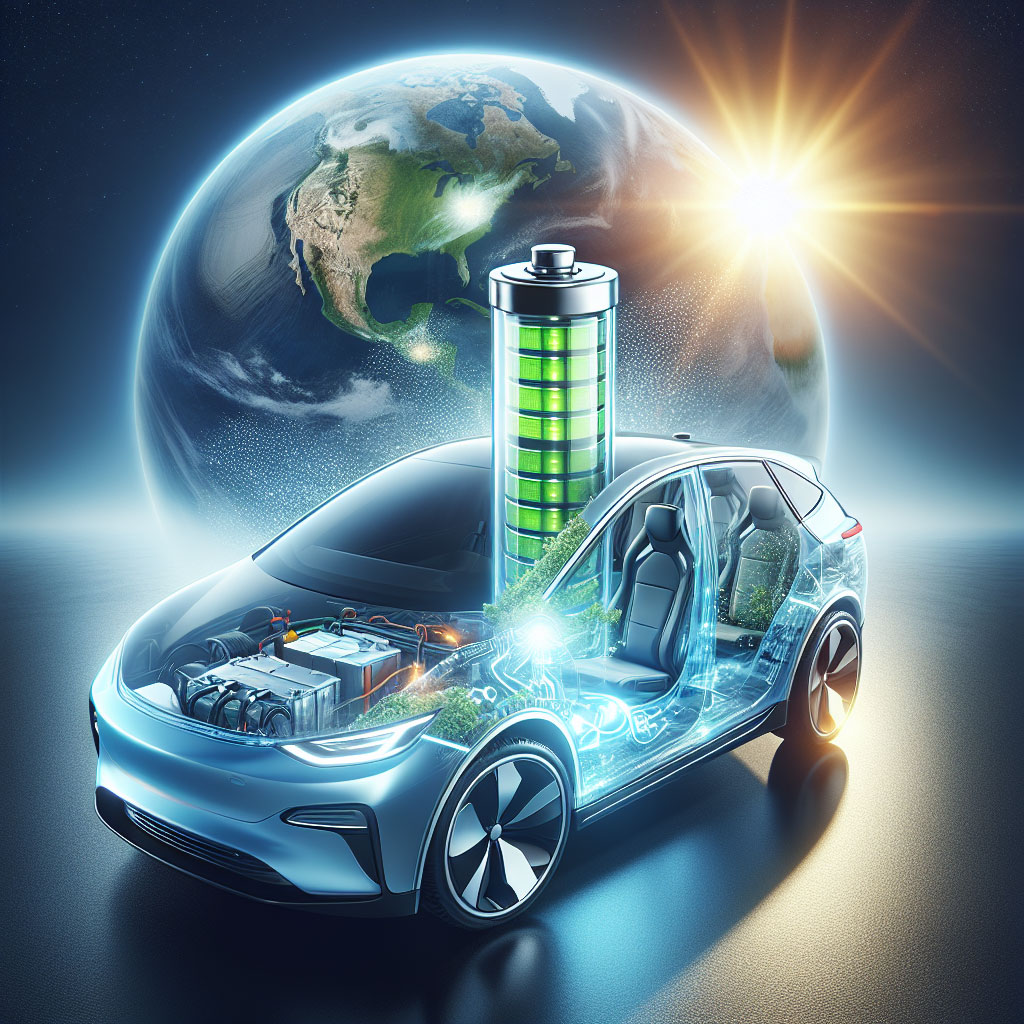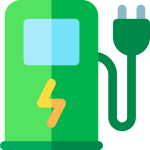
Battery health is one of the most talked-about issues holding Australians back from switching to electric vehicles. While modern EV batteries are engineered to last the life of a car for most owners, uncertainty about degradation, repairability and resale value remains a barrier – particularly for buyers in the second-hand market. This week the NRMA moved to address those concerns with a new paid service aimed at giving buyers and owners clearer, independent information about battery condition.
What the NRMA EV Battery Health Check offers
The NRMA’s new EV Battery Health Check promises a “comprehensive and independent” battery assessment carried out by trained technicians using diagnostic tools. The service (currently available in Sydney for $150 for members and $200 for non-members, with Canberra in the pipeline and wider rollout expected) examines:
- Remaining battery capacity and state-of-health estimates
- Signs of cell or module degradation
- Unusual charging behaviour and fault codes
- Evidence of prior battery repairs or module replacements
- A written report suitable for sharing between buyer and seller
For prospective second‑hand EV buyers, the report is designed to bring transparency to a key uncertainty: how much life remains in an expensive and integral component.
Why battery health matters – and what realistically to expect
Most contemporary EV battery packs are designed for roughly a decade of use under typical conditions. Many manufacturers back that performance with eight-year battery warranties that often cover capacity retention (commonly guaranteeing against capacity loss below around 70% over the warranty period). These protections help, but they do not remove all risk for buyers of older cars.
Battery degradation is normal and driven by factors such as:
- High charge states and frequent deep discharges
- Regular use of high-power DC fast charging
- Exposure to extreme temperatures
- Long periods stored at very high or very low state‑of‑charge
A well-maintained pack will retain charge capacity longer, deliver steadier range and acceleration, and sustain resale value. Conversely, a degraded battery can reduce range, increase charging frequency, and – in some cases – lead to costly repairs.
Repairability and the evolving repair market
One of the recurring concerns for Australian EV owners is repairability. Oscar Vall, Commercial Manager at InfinitEV (part of Amotiv Limited), told media that while cell- or module-level repairs can be sensible early in a battery’s life, “repairing car batteries after about 10 years doesn’t make sense” in many cases because new faults are likely to emerge in other modules.
Historically, Australian repair capacity for high‑voltage battery systems has been limited. Insurers have sometimes written off vehicles with relatively minor battery damage because replacement was easier than repair, and specialist workshops have been scarce outside major metropolitan areas. That is changing: an expanding network of trained technicians, more parts availability and an emerging refurbishment and recycling industry are improving prospects for repairability and second-life use.
What buyers and owners should do
If you’re buying a new EV
- Check the manufacturer’s battery warranty terms (years, kilometres and any capacity retention guarantee).
- Ask about service networks and parts availability for that make/model in Australia.
If you’re buying a used EV
- Get an independent battery health check such as the NRMA offering before purchase.
- Request the vehicle’s charging history (if available) and any documentation of battery repairs or module replacements.
- Compare reported remaining capacity to advertised range; ask whether any capacity loss is factored into price negotiations.
If you already own an EV
- Follow manufacturer guidance: avoid frequent full charges when not needed, minimise repeated fast charging where possible, and try to park in shaded or temperature-controlled environments.
- Keep software and battery management system (BMS) updates current – manufacturers routinely refine charging algorithms and thermal management through updates.
- Consider periodic health checks if you plan to keep the car long term or sell it on.
The economics of battery replacement and refurbishment
Replacing a full battery pack can be costly, and the economics depend on vehicle age, model and remaining pack life. For some older vehicles it may not be cost-effective to replace a failing pack, which is why refurbishment, cell-level repairs and remanufactured modules are gaining attention as lower-cost alternatives. Emerging Australian businesses are already offering diagnostic and refurbishment services, while research and industry investments into recycling and reuse aim to reduce long-term costs and environmental impacts.
Policy and industry context in Australia
Australia’s EV uptake is accelerating, though it still lags many leading markets. Industry body figures show EVs gaining market share in 2025, and governments at state and federal levels have signalled intent to support charging infrastructure, workforce training for high-voltage repairs, and battery recycling initiatives. These policy signals, combined with industry investment, are gradually strengthening the ecosystem for EV ownership, repair and end-of-life management.
Practical tips for minimising battery degradation
- Avoid charging to 100% daily unless needed for long trips; use a daily limit of around 80-90% where practical.
- Minimise repeated or prolonged high-power DC fast charging; use AC charging overnight where possible.
- Keep the battery within moderate temperature ranges – park in shade or a garage when available.
- Follow manufacturer guidance for long-term storage (often a charge level of around 50-60%).
- Install software updates and follow service schedules to ensure the BMS is operating optimally.
Conclusion
The NRMA’s EV Battery Health Check addresses a genuine information gap in the Australian EV market and should give buyers and owners a useful, independent data point when assessing value and risk. While EV battery technology and warranties have improved, repairability and second-hand market confidence remain evolving areas. For anyone considering a used EV purchase, an independent health check is now a sensible – and increasingly accessible – step. As Australia’s EV ecosystem matures, better repair networks, refurbishment services and clearer policy frameworks will further reduce the uncertainty that has deterred some drivers from making the switch.
FAQs
What does the NRMA EV Battery Health Check cost and where is it available?
The NRMA currently lists the service at $150 for members and $200 for non-members. It is available in Sydney, with Canberra scheduled next and broader rollout expected over time. Check the NRMA website for the latest availability.
Will the NRMA check guarantee the battery will last a certain time?
No. The check provides an independent snapshot of current state-of-health, remaining capacity estimates and any detectable faults. It is not a longevity guarantee, but it offers valuable evidence for buyers and owners to assess risk.
Can a degraded battery be repaired or refurbished?
Yes – in many cases early-life cell or module replacement and refurbishment can restore useful capacity at a lower cost than a full pack replacement. For older packs (around a decade or more), repeated module failures can make ongoing repairs uneconomic.
How much capacity loss is considered normal?
Some capacity loss over time is normal. Many manufacturers include warranties that protect against excessive loss (commonly guaranteeing a minimum retained capacity around the 70% mark over a defined warranty period). Individual usage patterns and climate will influence actual degradation.
Should I avoid buying second‑hand EVs?
Not necessarily. Second-hand EVs can offer strong value, especially with a documented service history and a recent battery health report. Use independent checks, verify any remaining battery warranty and factor in potential future costs when negotiating price.
About EV Evolution
EV Evolution is the leading online platform dedicated to Australian electric vehicle owners and enthusiasts. We foster a vibrant community, delivering essential EV news and insights, and enhancing user engagement through our innovative, AI-powered chatbot for dynamic discussions. Our mission is to empower Australian electric vehicle owners and enthusiasts by fostering a vibrant, AI-driven online community that connects, informs, and advances the nation’s electric vehicle landscape.




